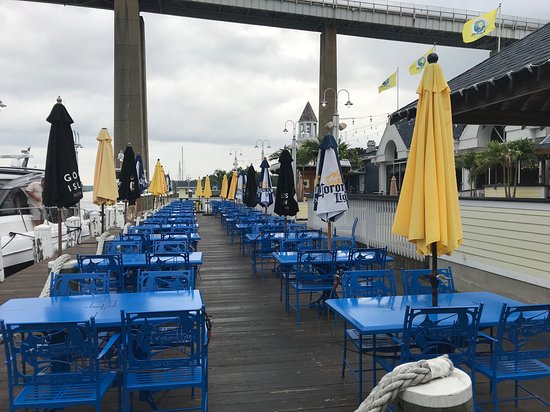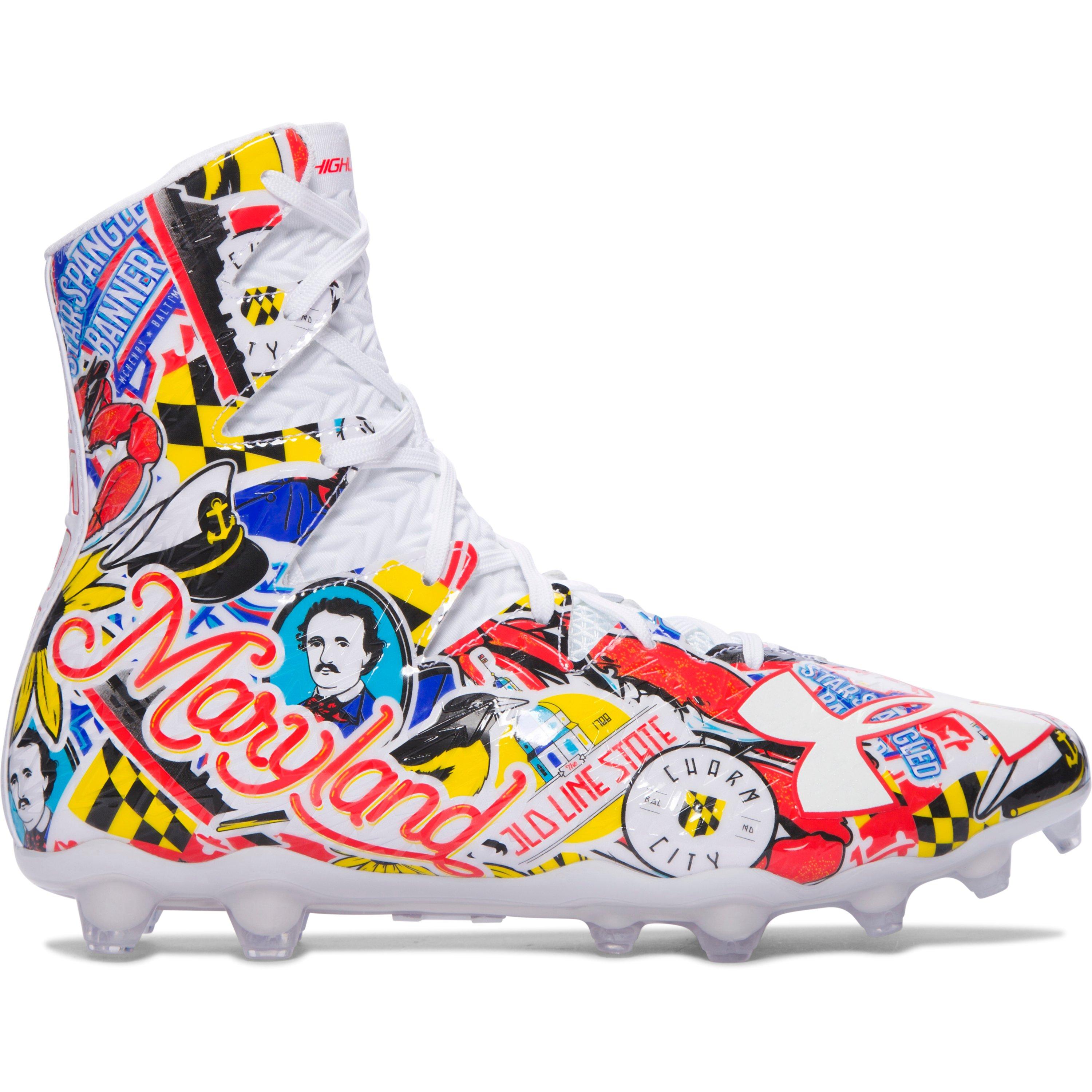Table Of Content

It brought the grid system into play, emphasizing simplicity, readability, and objectivity in layouts. It’s like watching evolution in real-time, with grid systems and typography precision making the digital realm nothing short of extraordinary. From modular grids to functional design, Swiss principles have permeated creative spheres, guiding my hand as a web designer shaping pixels with purpose. It resulted from the unique contributions of specific artists and designers whom we’ll look at here. Swiss Design rejects such attempts to replicate the crafts of a pre-industrial society and to privilege the subjectivity of the artist.
Are there specific colors associated with Swiss design?
These designs acted as independent visual/verbal statements about such topics as assassinations and civil rights. Storch believed concept, text, type, and image should be inseparable in editorial design, and he applied this belief to the editorial pages of McCall’s. Swiss designers varied the size of type to generate a greater visual impact and also to hint at the hierarchy of information. They used a scale of size in their type to control flow through their design and create rhythm within it. Communication through objective simplicity was a guiding principle of Swiss Design. They attempted to remove all that was unnecessary and emphasize only the necessary.
Most influential architects
We have articles that address both the professionals and the beginners, as well as those looking for a dramatic career change. If you liked this article about Swiss design, you should check out this article about what is color theory. While Swiss design doesn’t handcuff you to specific hues, it’s known for using color strategically, not decoratively. The design universe orbits around principles of clarity, precision, and stripping down to the bare essentials.
White Space
Constructivism was an art/architectural philosophy that emerged from Russia in the 1920s. The style develops by assorted mechanical objects that are combined into abstract mobile structural forms. Hallmarks of the movement include geometric reduction, photo-montage and simplified palettes. De Stijl was a Dutch artistic movement that saw prominence in the period between 1917 and 1931.[19] Referred to as neoplasticism, this artistic strategy sought to reflect a new Utopian ideal of spiritual harmony and order. It was a form of pure abstraction through reduction to the essentials of form and colour, employing vertical and horizontal layouts using only black and white and primary colors. Proponents of this movement included painters like Piet Mondrian, Vilmos Huszar and Bart van der Leck as well as architects like Gerrit Rietveld, Robert van 't Hoff and J.
Ten interior design projects by Florence Institute of Design International
"Artecraft is a space that makes the education of contemporary art accessible for more people. "It is a space where people can attend lectures, events and workshops – Each room uses a specific set of carefully curated materials that work in harmony to create a coherent aesthetic throughout the building." "The three-year programme offers intensive curriculum teaching on various aspects of interior design to acquire advanced skills and knowledge and develop professional practitioners within the international design community.
Key Principles of Swiss Design
“Motion graphics” are kinetic graphic designs for film titles and television that occur in the fourth dimension—time. A variety of animated film techniques were applied to motion-picture titling in the 1950s by Saul Bass and, in Canada, by Norman McLaren of the Canadian National Film Board. One of the most influential Swiss designers was Josef Müller-Brockmann, who was famous for his work in poster design. He believed that posters should be simple, clear, and easy to read from a distance. His designs often featured sans-serif typefaces, grid systems, and bold, contrasting colors.
Another example of Swiss design in the EU is the Swiss Federal Railways (SBB) logo, which was designed by Swiss graphic designer Hans Hartmann in 1932. The logo’s iconic and timeless design, featuring a simple and bold monogram of the letters “SBB,” has remained virtually unchanged for nearly a century. The use of a sans-serif typeface, strong geometric shapes, and a monochromatic color scheme are all characteristic of Swiss design, and have helped to establish SBB as a recognizable and trustworthy brand in the transportation industry. Swiss design emerged in the 1950s and 1960s as a distinctive graphic design style that was characterized by clean lines, simplicity, and clarity. It was a reaction against the ornate, decorative styles that had dominated design in the early 20th century.
The minimal design allows for your content to shine, so pair it with a strong sans serif font and you'll be on trend. After all these decades, grids have prevailed, and it's a method still used by print and web designers to create organized and balanced design systems. The common denominator of these styles is the use of simple geometric shapes and sans serif typography with very unusual placements. The purpose was to design a sans serif type that was stripped down from unnecessary adornments. Its simple and neutral design influenced future Swiss typography in the 1950s, with typefaces like Helvetica, Folio, and Univers. Swiss Design rejected all of the above by embracing modernity, highlighting clarity, and making the designer an anonymous vessel for communication.
Much of what we consider the fundamental principles of design arose from Swiss design and the movements that influenced it. While aesthetic styles have certainly come and gone, the guiding principles of Swiss design have never left us and have served as the foundation for graphic design ever since. Swiss design quickly gained popularity in Europe and beyond, and had a significant impact on the design world. Its influence can be seen in everything from graphic design and advertising to product design and architecture. This progressive, radical movement in graphic design is not concerned with the graphic design in Switzerland, but rather with the new style that had been proposed, attacked and defended in the 1920s in Switzerland. You’ve probably seen the influence of Swiss Style, whether you’ve realized it or not.
It also alludes to the contrasting emotions surrounding joy and how joy is experienced through such distinctions. Seeking to raise awareness of how people with disabilities are rarely considered by major brands when developing sports and outdoor clothing, Tabea Wschiansky is on a mission to disrupt the sector. Designing solutions that marry desirable aesthetics with adaptable functionalities, the visionary creative has conceived Para — a rain cover for people in wheelchairs, allowing them to enjoy the outdoors in style. Designed to be easy to use even with limited mobility, the cover also has a leg protector, which can be folded into a small package and taken with you to be used as and when needed. Helping people in wheelchairs to dress optimally for outdoor activities, Para also allows them to do so independently without the help of others.

Hand-beaded light fixtures illuminate the seating areas, which feature tables and chairs from Janus et Cie’s Amalfi Coast outdoor collection. The landmark mansion was built in 1902 by architect Joseph J. Blick for Gertrude Potter Daniels, who paid $15,000 for the shingle-style home. In 1905, Susanna Bransford Emery-Holmes—known as the Silver Queen thanks to the source of her late husband’s fortune—purchased the home and soon made it her own. In 1922, she spent $37,000 to have the Postle Company of Los Angeles, who also built the Pasadena Playhouse, remodel it into an English Tudor Revival–style mansion, giving it the regal exterior that remains today. A diverse digital database that acts as a valuable guide in gaining insight and information about a product directly from the manufacturer, and serves as a rich reference point in developing a project or scheme. Splint (in original packaging), designed by Charles and Ray Eames, Manufactured by Evans Products Company Moulded Plywood Division.

This specific series focuses on the feeling of the music, and he used visual graphics to translate music through rhythm, repetition and scale. His compositions very much adhered to the grid to organize elements and to make it easier for the audience to read the message. Müller-Brockmann's work is dynamic and asymmetrical, even though it's constructed on a rigid grid. Armin Hofmann is one of the main pioneers of the Swiss Style who studied under Ernst Keller. Many of his posters included striking black and white photography with high contrast.
During the 1900s other design based movements were formulating, influencing and influenced by the International Typographic movement. These movements emerged within the relationships between artistic fields including architecture, literature, graphic design, painting, sculpting etc. This era prepared a strong foundation for a future generation of designers. Attention to detail, technical training, and the use of grid systems for organization are strong traits that developed during this era.
Let’s take these insights, the harmonious balance of form, function, and clarity, and construct digital landscapes that resonate with the simplicity and elegance of a Swiss chronograph. Now, go forth and design with the poise of the Swiss—less but better, always. Whether you’re crafting a sleek website or an easy-to-use app, Swiss principles like functional design and typographic harmony remain central—digital worlds included. We can thank Swiss design for making minimalism a must-have in graphic design—every pixel and font choice intentional. It’s not just a style; it’s a standard bearer for minimalist, functional design across all creative fronts. Its principles of clarity, precision, and minimalism are like the golden rules of good design.
Marriott International Signs Agreement With Mario Julen To Bring The Ritz-Carlton Brand To The Swiss Alps - Marriott News Center
Marriott International Signs Agreement With Mario Julen To Bring The Ritz-Carlton Brand To The Swiss Alps.
Posted: Thu, 21 Jan 2021 08:00:00 GMT [source]
Weingart’s work has had a lasting impact on the field of typography and has inspired many designers to push the limits of what is possible in design. Another Swiss designer who made a significant contribution to the field was Armin Hofmann. Hofmann was a student of Müller-Brockmann and became one of the leading figures of the International Typographic Style. His work is characterized by his use of simple geometric forms, bold typography, and the innovative use of negative space. His work for the Basel School of Design is considered a classic example of Swiss design.
An edition of glass vases, Seilinee evolved as a playful game with innovative outcomes. Working with Murano-based artisanal experts and glass blowers, the intricate process needed them to break free from tradition as the shapes were conceived through unique, modular wooden molds. Handmade by a specialist carpenter, the unfamiliar molds led to interesting results that make up the collection displayed today.











